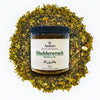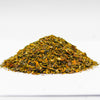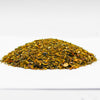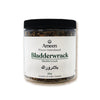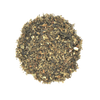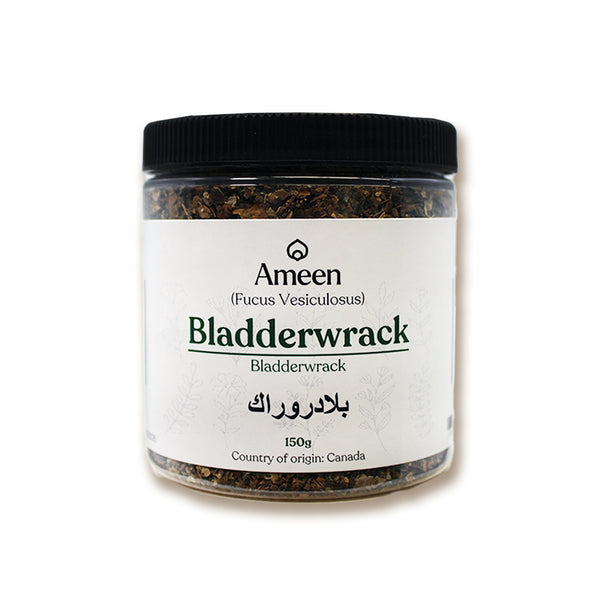Bladderwrack, scientifically known as Fucus vesiculosus, is a mineral-rich brown seaweed found along the rocky coastlines of the North Sea, Atlantic, and Pacific Oceans. Easily identified by its olive-green hue and signature air-filled bladders, this sea vegetable has been embraced for centuries across cultures for its diverse uses in food, traditional wellness, and skincare.
Culinary Applications of Bladderwrack
-
Oceanic Flavor: With a naturally briny, savory taste, bladderwrack brings a rich umami essence to soups, broths, and seafood-inspired recipes.
-
Dried & Ground: Often dried and powdered, it can be used as a salt alternative or seasoning to impart a subtle marine depth to plant-based dishes.
-
Global Influence: Featured in traditional Japanese miso soup and seaweed salads, it complements coastal cuisines around the world.
Natural Use Beyond the Plate
While not typically consumed in large quantities, dried bladderwrack is appreciated in holistic traditions for its natural mineral content. In particular, its naturally occurring iodine has made it a noteworthy ingredient in traditional wellness routines and sea-inspired skincare:
-
DIY Skincare: Used in herbal baths and facial steams, it’s often valued for its gentle texture and sea-infused aroma.
-
Traditional Use: Historically featured in natural practices related to nutrition, balance, and coastal remedies.
Why Choose Bladderwrack?
-
Taste Profile: Briny and umami, with a gentle seaweed aroma.
-
Culinary Versatility: Ideal for soups, stocks, seasoning blends, or seaweed-based broths.
-
Natural Origin: Sustainably harvested from clean ocean waters.
Botanical and Cultural Identity
-
Botanical Name: Fucus vesiculosus
-
Common Names: Bladderwrack, Rockweed, Sea Wrack, Brown Seaweed, Sea Oak, Black Tang, Dyer’s Fucus, Cutweed, Kelpware, Rock Wrack, Tang, Varech

